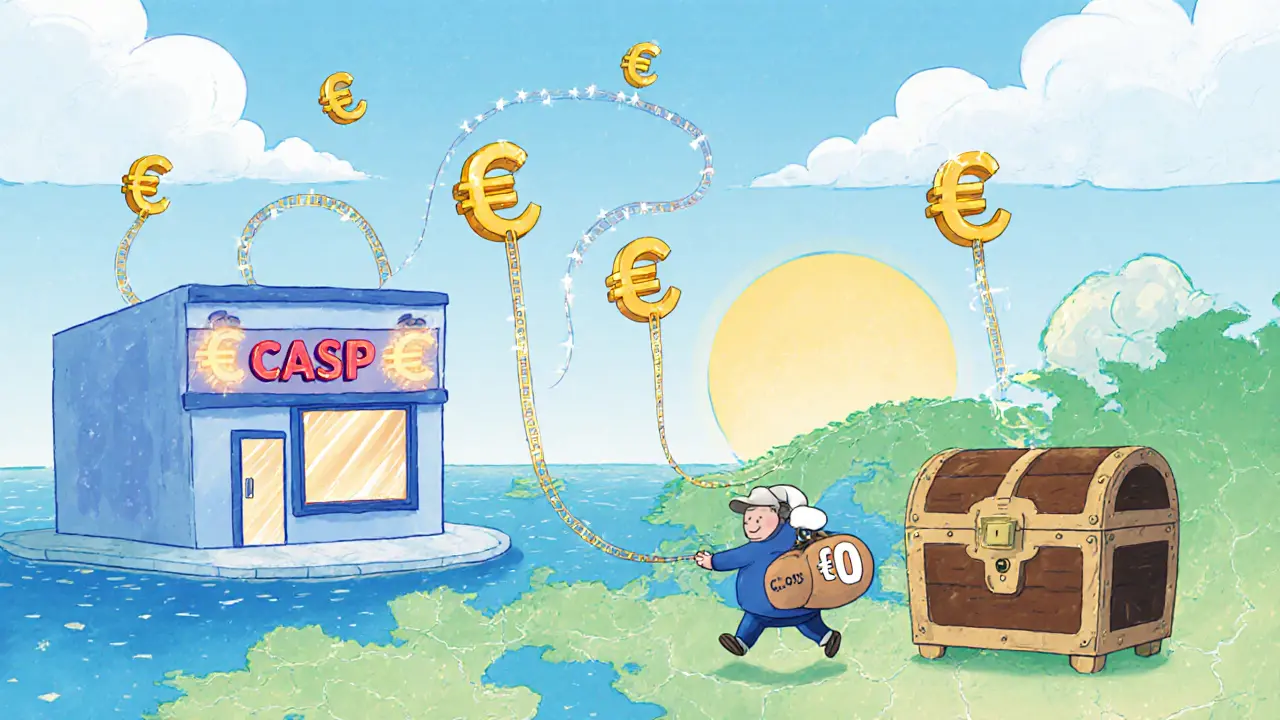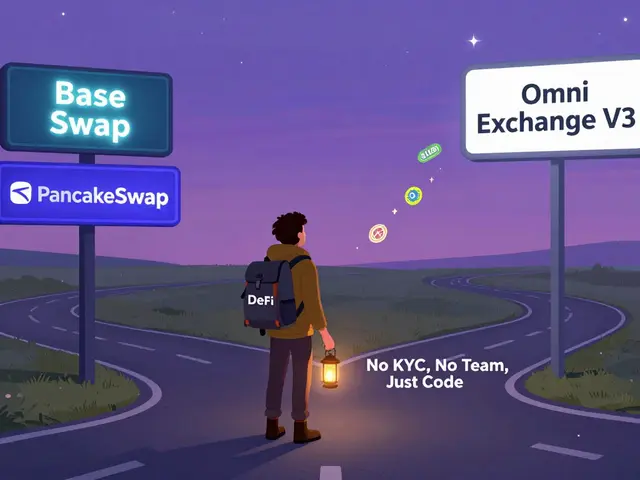Zero Threshold: How No‑Minimum Rules Shape Crypto Airdrops and Fees
When working with Zero Threshold, a rule that eliminates any minimum amount required to qualify for a token distribution or to pay a transaction fee. Also known as no‑minimum threshold, it lets anyone join a program without holding a preset balance, the landscape changes dramatically. One of the most common applications is in airdrop, a free token giveaway that usually sets a holding or activity minimum. With a zero threshold, the eligibility requirement drops to nothing, opening the door for newcomers and low‑balance users alike. Another hot spot is the zero‑fee DEX, a decentralized exchange that charges no trading fees, removing cost barriers for traders. By pairing a zero‑fee model with a zero threshold, platforms can attract volume that would otherwise stay on fee‑heavy rivals. Finally, the rise of zero‑knowledge proof, a cryptographic technique that verifies data without revealing it, often used in NFT verification gives projects a way to prove eligibility without exposing user balances, reinforcing the zero‑threshold promise.
Why Zero Threshold Matters Across Crypto Use‑Cases
The zero threshold concept encompasses more than just free tokens; it reshapes how users interact with every part of the ecosystem. Zero threshold removes minimum barriers, which means a wider audience can test new platforms without upfront capital. This directly influences airdrop eligibility, because projects no longer need to filter participants by wallet size or past activity. At the same time, zero‑fee DEXs benefit from zero thresholds by encouraging trade volume that would be throttled by fee‑based entry costs. Zero‑knowledge proof methods further empower the model, as they let platforms verify that a user meets a zero‑threshold condition without leaking their actual holdings. Together, these elements create a feedback loop: broader participation fuels higher liquidity, which in turn justifies keeping fees low and thresholds at zero. The result is a more inclusive, competitive market where newcomers can jump straight into emerging opportunities, from GameFi airdrops to DeFi yield farms.
Below you’ll find a curated set of articles that dive deep into each of these angles. We cover everything from step‑by‑step airdrop guides and the truth behind rumored CoinMarketCap drops, to detailed reviews of zero‑fee DEXs like QuickSwap V3 on the Manta Network. You’ll also see how zero‑knowledge proof is reshaping NFT verification and how crypto miners in low‑threshold jurisdictions are navigating regulations. Whether you’re hunting for a free token, comparing fee‑free exchanges, or just curious about the technical underpinnings of zero‑threshold designs, the posts ahead give practical insights, real‑world examples, and actionable checklists to help you make smarter moves in the crypto space.
EU Travel Rule Zero‑Threshold: Crypto Compliance Guide
Learn how the EU's zero‑threshold Travel Rule forces crypto firms to collect full transaction data for every transfer, the legal basis, compliance steps, and risks.





